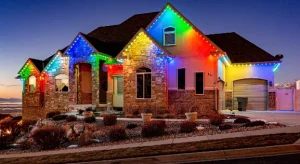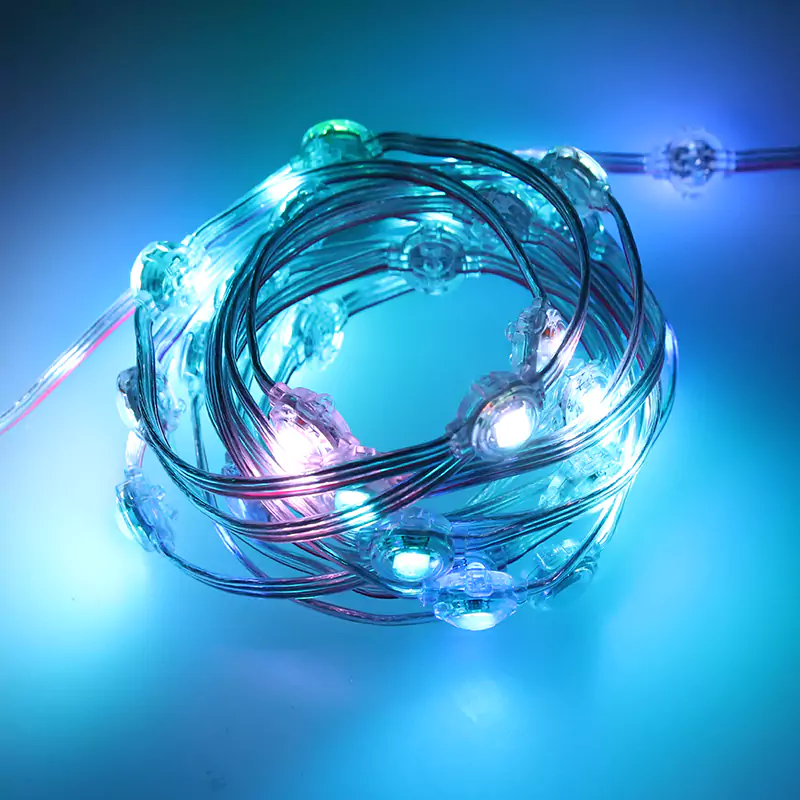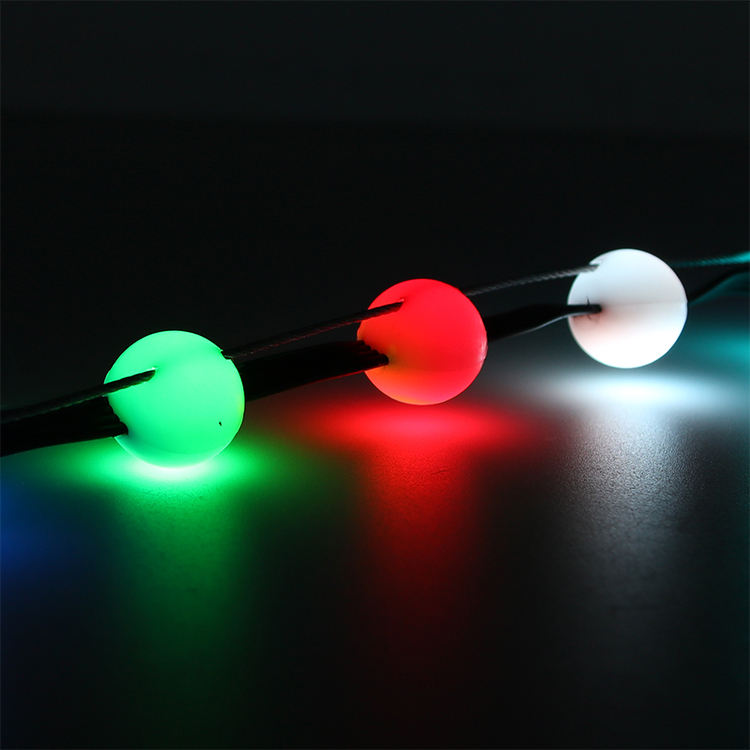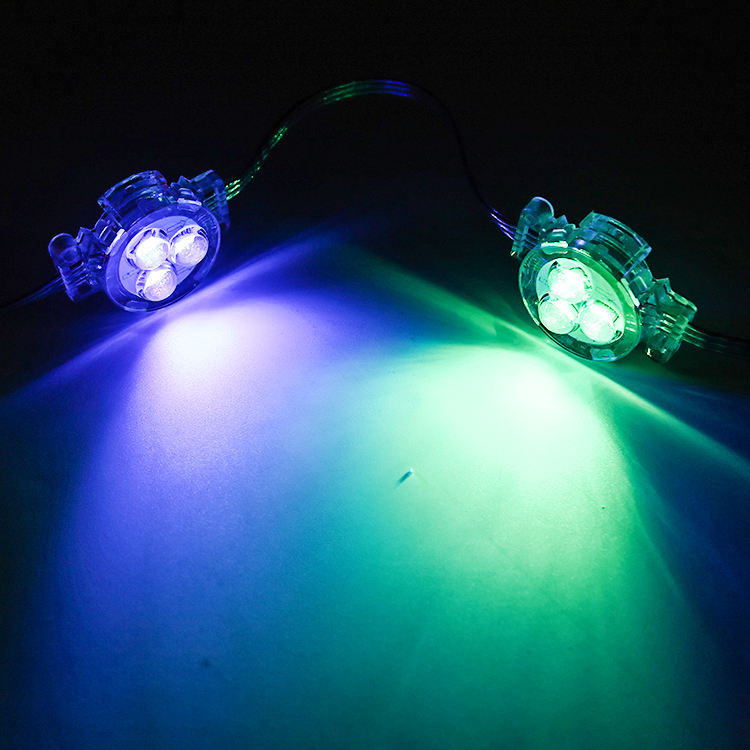The Basics of LED and Pixel LED
What is LED Technology?
LED or Light Emitting Diode is a technology nowadays that illuminates our surroundings. It is a solid-state device that glows whenever an electric current goes through it. It is characterized by its effectiveness, life of around 60,000 hours and small square dimension. Moreover, the shade varies depending on the diode material. For instance, the most popular are white, green, yellow, blue, and red colors that can be expanded with different variations. In addition, it can be applied not only for the main light but also for decoration. Shiji Lighting provides a range of LED products intended for different design, guaranteeing the quality of LED.
What is Pixel LED Technology?
Pixel LED technology represents an advanced form of LED technology that includes addressable RGB LEDs. It means that each LED pixel can be controlled and managed separately. As a result, users are able to design a higher number of dynamic lightening effects and control the device in a more flexible way. This feature makes pixel LEDs suitable for different areas, such as creative displays, use in stage lightening, and decorative purposes. Shiji Lighting provides its customers with such products as SMD 5050 RGB LED series and its modifications that can be used to install visually stunning displays controlled by diverse systems.
Key Differences Between LED and Pixel LED
In general, the difference between traditional LED and Pixel LED technology is that the latter allows users to control individual pixels. Normally, an LED would serve as a sole source of light and emit a single constant color with a consistent level of brightness. Pixel LEDs, in their turn, can be programmed into animations, some breathtaking color changes, or other creative patterns, making the visual experience much richer and more exciting. Moreover, in many cases, the pixel LEDs come with built-in control systems, which makes their usage even more versatile and appealing.
Performance and Application Comparison
Brightness and Clarity
Brightness and clarity are important factors to consider when comparing LED and pixel LED technologies. Standard LEDs are capable of high brightness which makes them suitable for many general lighting applications. However, pixel LEDs used in displays are often required to provide better clarity with brighter and more dynamic color contrasts. This is especially important for outdoor applications where the conditions require more vivid and brighter colors. Shiji Lighting offers a wide range of pixel LEDs which have been designed to retain high brightness while providing better clarity and can be used in various indoor and outdoor installations.
Color Capabilities and Customization
The last aspect deserving special attention is that pixel LEDs are unmatched in terms of colors and customization. It gains importance because standard LEDs are usually confined to a single color or a small range of colors. Meanwhile, pixel LEDs can produce numerous effects by changing colors. All the aforementioned features indicate that such products are the best fit for art-related works, thematic events, and decorations, particularly since these LEDs can be programmed to operate in concert with a piece of music.
Installation and Maintenance Considerations
Ease of Installation
As for installation, it may seem that traditional LEDs are easier to install. They are not as complex as a pixel LED system, and thus installation involves less wiring and setup. However, the latter often requires a controller and driver to be connected and then set up. Nevertheless, Shiji Lighting lets clients buy pixel LED solution with preconfigured setups that come with detailed instructions. Thus, although they need more planning, pixel LEDs are as easy to install as traditional ones.
Longevity and Durability
The lifespan of both LED and pixel LED technologies is long in comparison to other types of lighting. Typically, standard LEDs are capable of lasting tens of thousands of hours. Depending on the quality, the same can be said about pixel LEDs: the durable construction from Shiji Lighting allows them to be used in various environmental conditions, making them suitable for outdoor use as well. Since pixel LEDs are frequently used in dynamic applications, they may be more easily used up. As such, they must be taken care of while installing.
Cost Analysis and Budget Planning
Initial Investment
In many instances, the design and installation of a traditional LED setup pose fewer demands with the systems often more straightforward. These considerations generally mean that users will spend less money on designing and putting the fixtures and systems in place. Each purchase will include the cost of the LED solution, simple mounting and affixing hardware, and limited wiring. At the same time, a pixel LED arrangement will most likely imply larger costs due to the exact required amount of addressable pixels and the number and type of channels required for the controllers. Significantly, it is harder to determine the budget for programming equipment in these cases.
Long-term Cost Efficiency
One of the substantial aspects to consider while comparing LED and pixel LED as to long-term cost efficiency is energy consumption. In other words, even though buying pixel LEDs is initially more expensive, they are generally more economically advantageous in terms of energy. To illustrate, the need to use pixel lights for several platform approaches facilitates the management of large energy savings. Furthermore, that costs a lot in case several lights enter brightness, and as a result one must pay much more as part of total electricity expenses. In addition, the ability to operate such a light instrument means managing every pixel light and ultimately saving more costs.
Moreover, the lifespan of traditional and pixel LEDs is longer. Shiji Lighting ensures that its leaders in the manufacture and supply of ultra-modern LED lights extended the service life of all its LED products to a significant number of years. For example, the lifetime of Shiji lighting bulbs is up to 50000 hours. Therefore, the lighting type is eco-friendly to users’ investment. Managers should consider long-term benefits in addition to their installation costs. They are beneficial once users understand the specific needs and develop an appropriate financial plan.
Choosing the Right Option for Specific Projects
Residential Lighting Projects

While there are different residential projects requiring similarly different types of lights, the choice between the standard LED technology and the pixel LEDs depends on the desired effect and the prevalent design concept. As one of the most versatile forms of lighting, standard LEDs are suitable for general illumining purposes. For example, these lights can be used to design room lightings or outdoor pathways. Standard LED lights are effective, due to their efficiency, and they are easy to use; at the same time, the light bars come in all shapes and sizes from rigid to flexible and of all possible colors. As a result, one should opt for standard LEDs for general illumination needs.
In contrast, pixel LEDs may be designed to increase the aesthetic appeal of a residence through the incorporation of dynamic lighting characteristics, such as the capacity to change color or display animated visuals. Thus, if there is a home theater or any other form of entertainment area in your home, you will most likely appreciate the welcoming environment it creates. Shiji Lighting’s pixel LED goods are varied and can be used to create unusual settings in residential premises.
Commercial and Industrial Applications
The choice between LED and pixel LED technology is based on the purpose of the application, which is generally the same for the commercial and industrial settings enumerated. So, for example, for illuminating warehouses, retail stores, and offices which are by far the most common purposes, standard LEDs would fit perfectly. Being energy-efficient and durable, this source of light allows to cut operational costs by using it on these premises.
However, pixel LEDs are perfect if you need to create sophisticated visual displays, for example in advertising, signage, and interactive exhibitions. Digital billboards, exhibition booths, event spaces can all benefit from a digital pixel LED display that will help in creating an opportunity to experience the brand.
Shiji Lighting: Your Partner in Selecting the Ideal Solution
There are many companies on the market that produce lighting products. However, not all of them can guarantee the high level of quality which is associated with long-lasting performance and the durability of a product. Some companies do not provide proper guarantees or make return extremely hard to deal with. With these products, it is also possible to face problems with ordering – there might be no support in the order process. Shiji Lighting’s products ensure that the lighting project at hand is successfully implemented. Either the installation is for residential purposes, trendy commercial applications, or the creation of the dynamic look of the area, Shiji Lighting has quality solutions to offer that help achieve the project’s target while happen within the specified budget. When developing long-term partnership with Shiji Lighting, clients are granted with constant support on every project.



